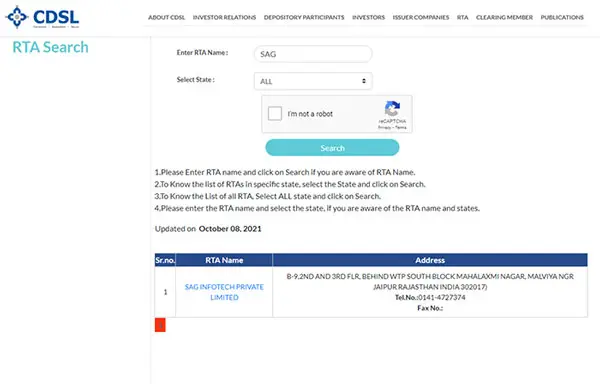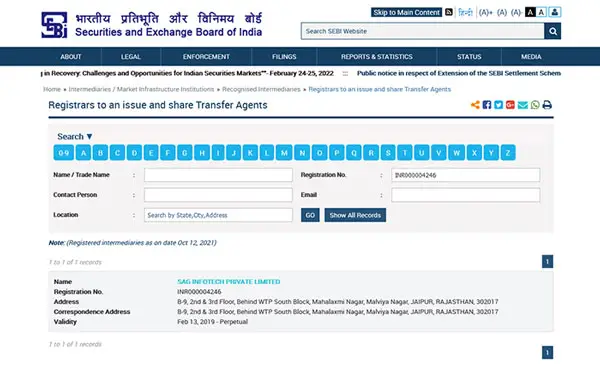Dematerialisation of shares refers to the process of conversion of shares from physical mode to electronic format. Such dematerialised shares are maintained in an account known as Demat Account. Demat accounts are regulated by two major depositories - the National Securities Depository Limited (NSDL) and Central Depository Services Limited (CDSL).
Unlike physical shares, dematerialised shares are free from perils of loss, theft and damage and that is why one should convert their physical shares certificates into Demat shares. This will let you adhere to the SEBI rules, upgrade you to today's digital scenario and make your future-ready for the online transfer of shares.
The procedure of shares dematerialisation starts with the opening of the Demat Account and proceeds with the submission of all the physical share certificates which further get credited to your Demat account.
Let's understand the process of dematerialisation step-by-step. Steps for dematerialisation of shares
Step 1. Get a Demat Account opened in your name & account number with a Depository Participant (DP) i.e. an agent between the depository and the shareholder.
Step 2. Submit Demat Request Form (DRF) along with all your physical share certificates, you want to get dematerialised, to the DP whose depository services you have availed.
Step 3. DP will deface the shares by writing “SURRENDERED FOR DEMATERIALISATION” on the shares certificates
Note: Separate DRFs are used for shares & securities of different companies
Step 4. Execute a format embedded Affidavit on non-judicial stamp paper of Rs.100/-, to register the change in the signature if needed.
Step 5. Submit the shareholder or shareholders’ signature duly attested by the bank manager together with the same bank account’ original cancelled cheque leaf.
Note:- The attestation should have the employee code of the person acknowledging the signature along with the bank seal.
Step 6. Submit a self-attested copy of the registered shareholder/s’ PAN card.
Step 7. Receive an acknowledgement slip from the DP who issues it after verifying all the details of DRF.
Step 8. Ensure that shares are credited to your Demat Account.
If the address registered with your DP is different from the address available with the Company/Registrar & Share Transfer Agent, you are requested to submit address proof for both addresses.
Note: Documents cited in the above-mentioned 4, 5 & 6th points are required only when the current signature varies from the specimen signature in the records.
In case of an address change, address proof for both addresses needs to be submitted.








